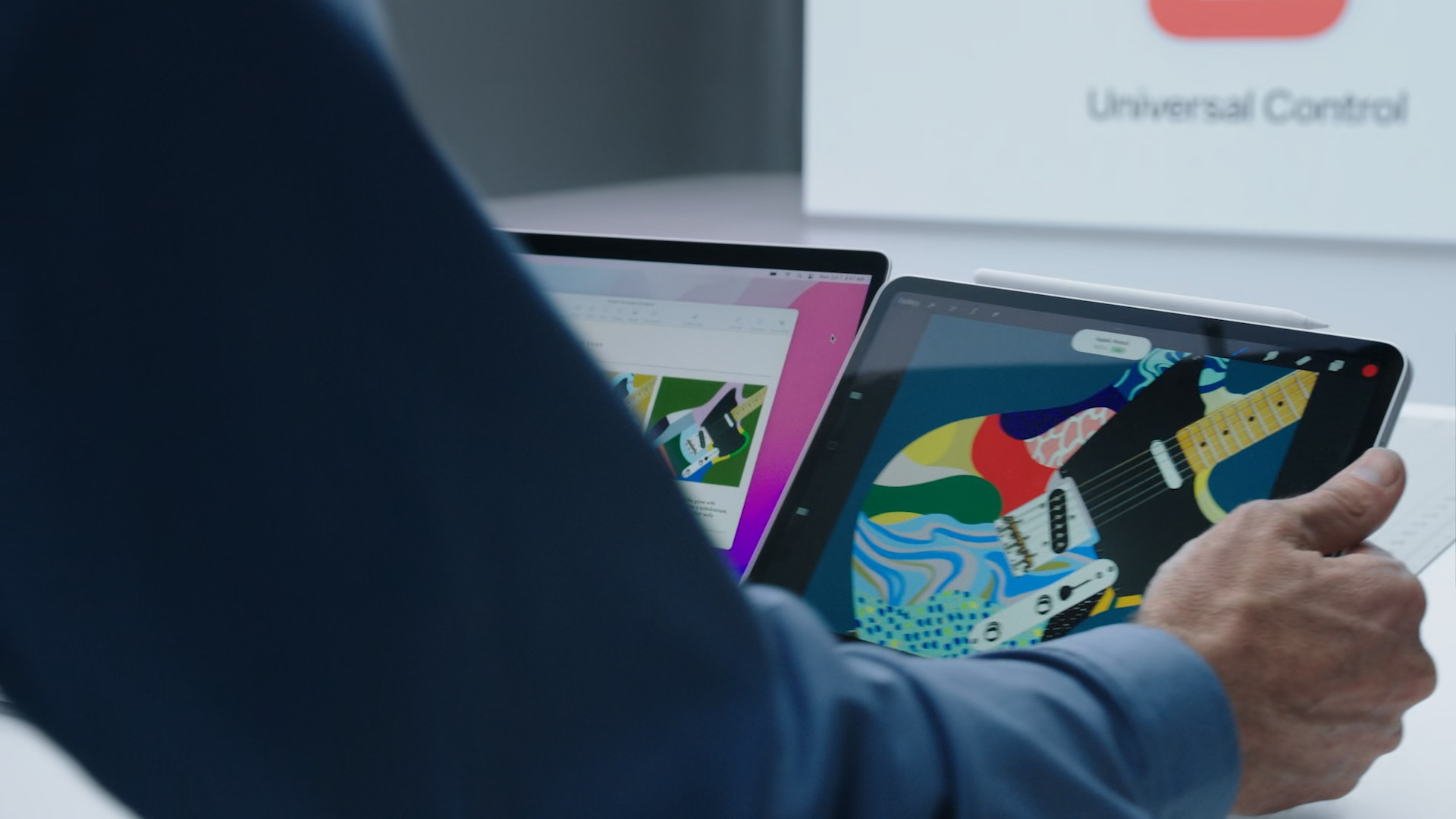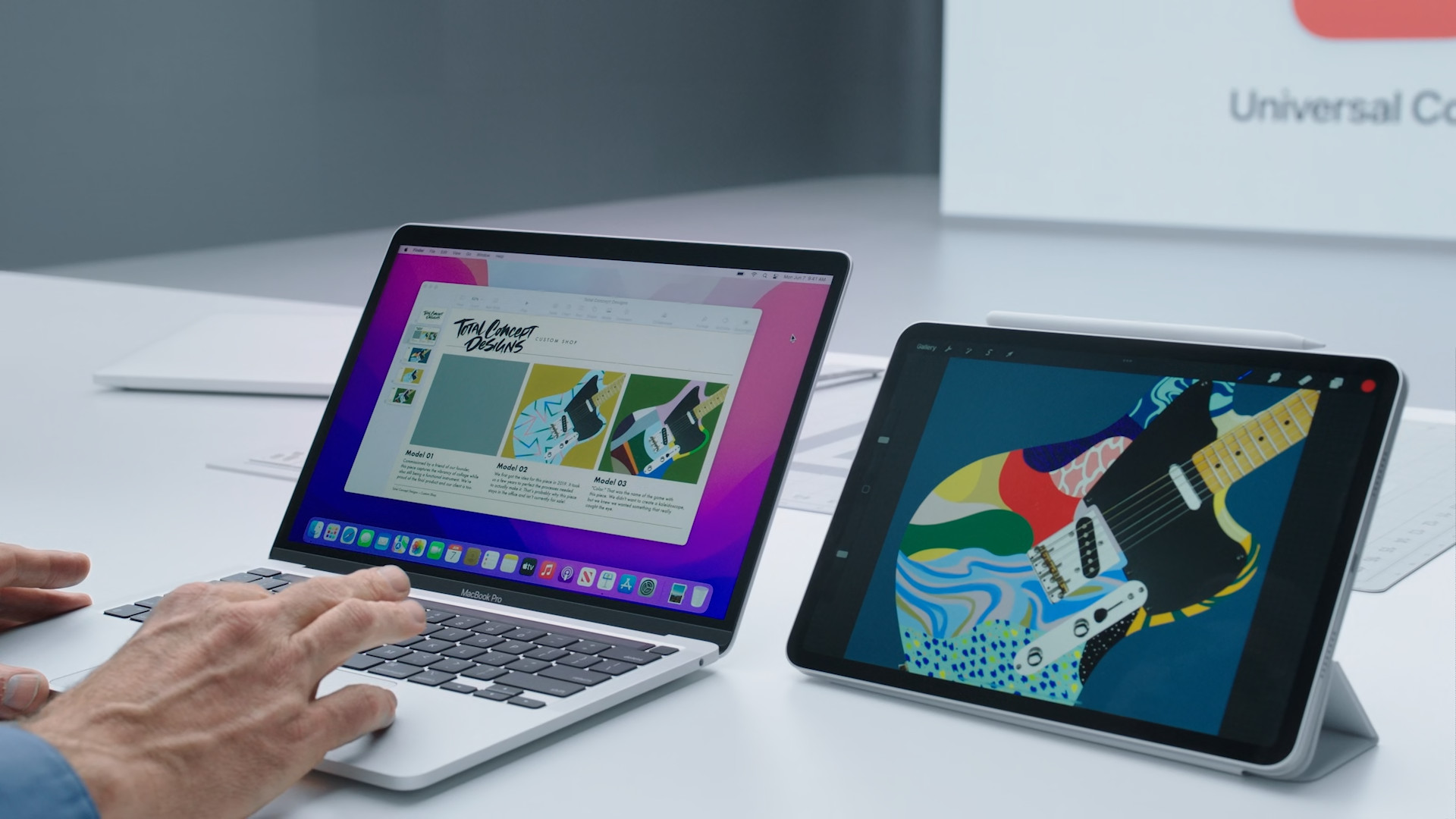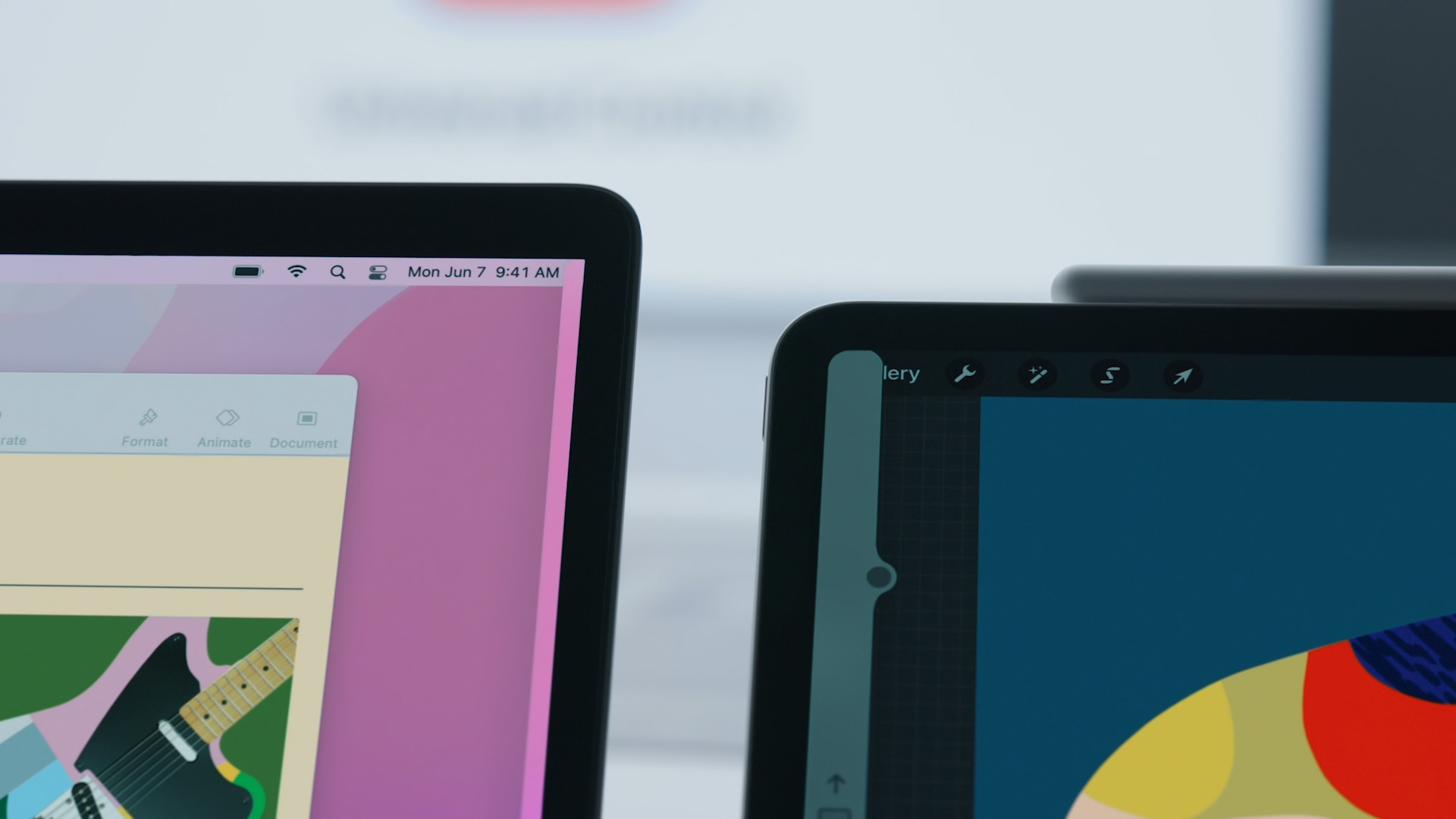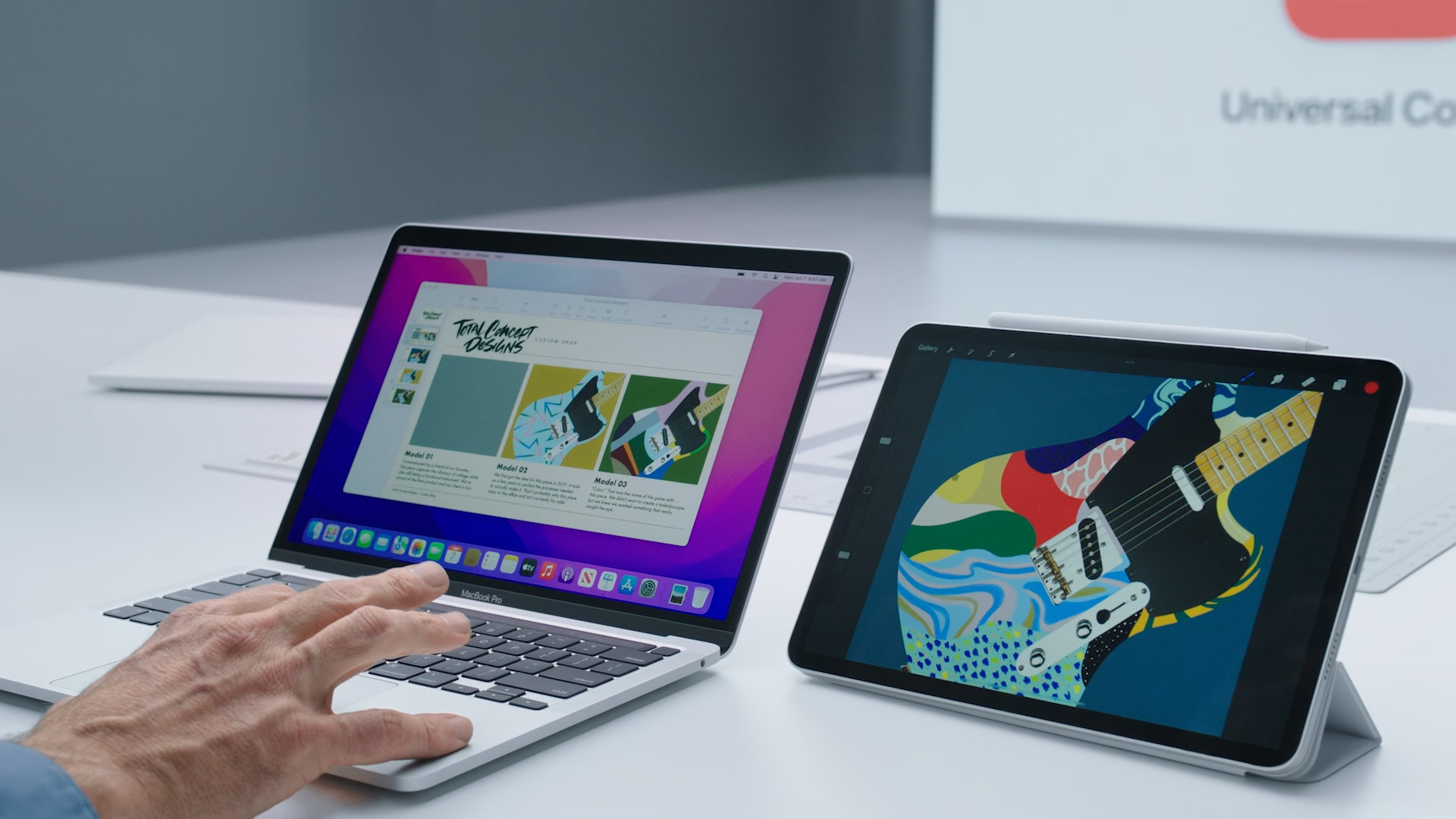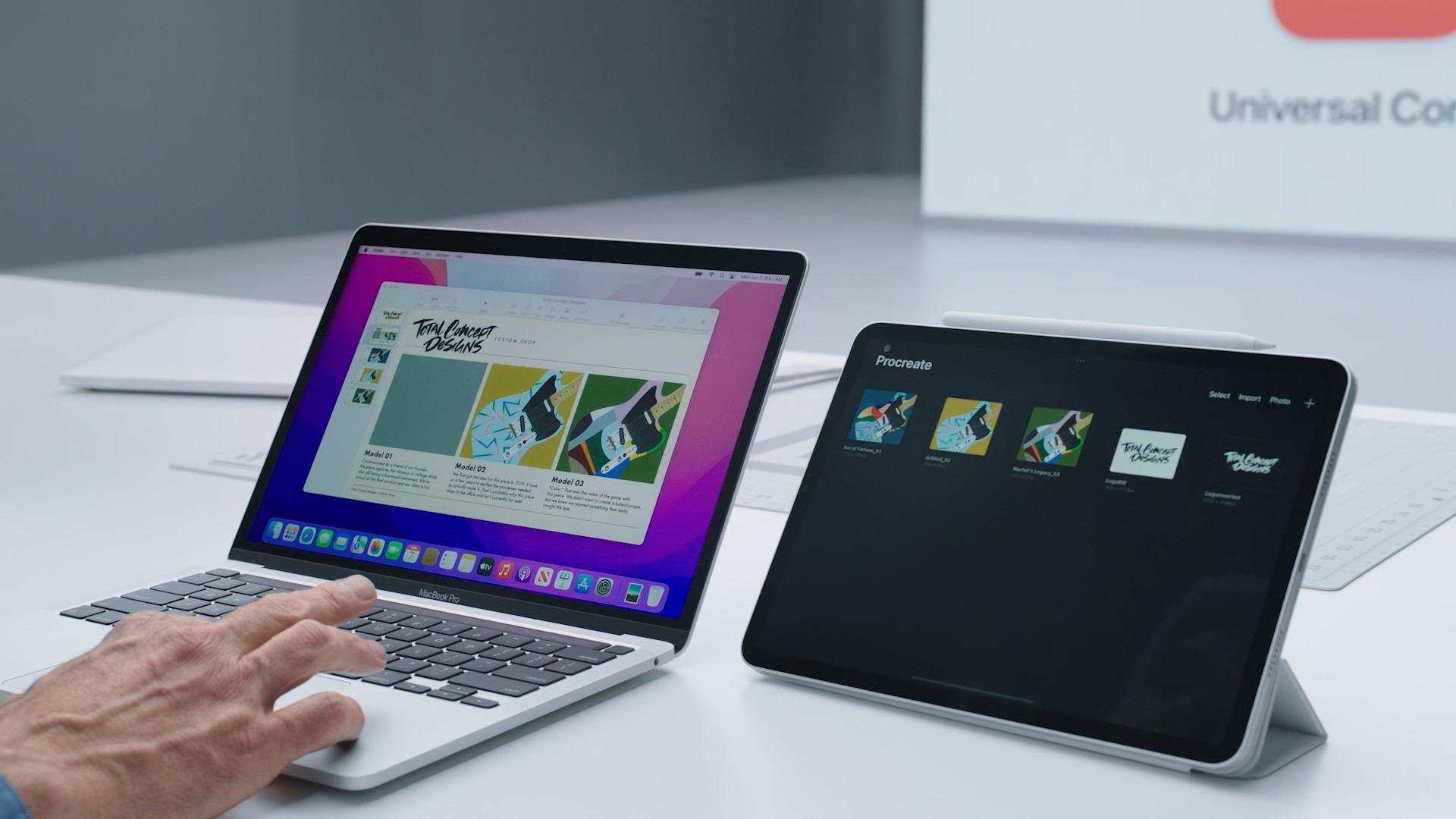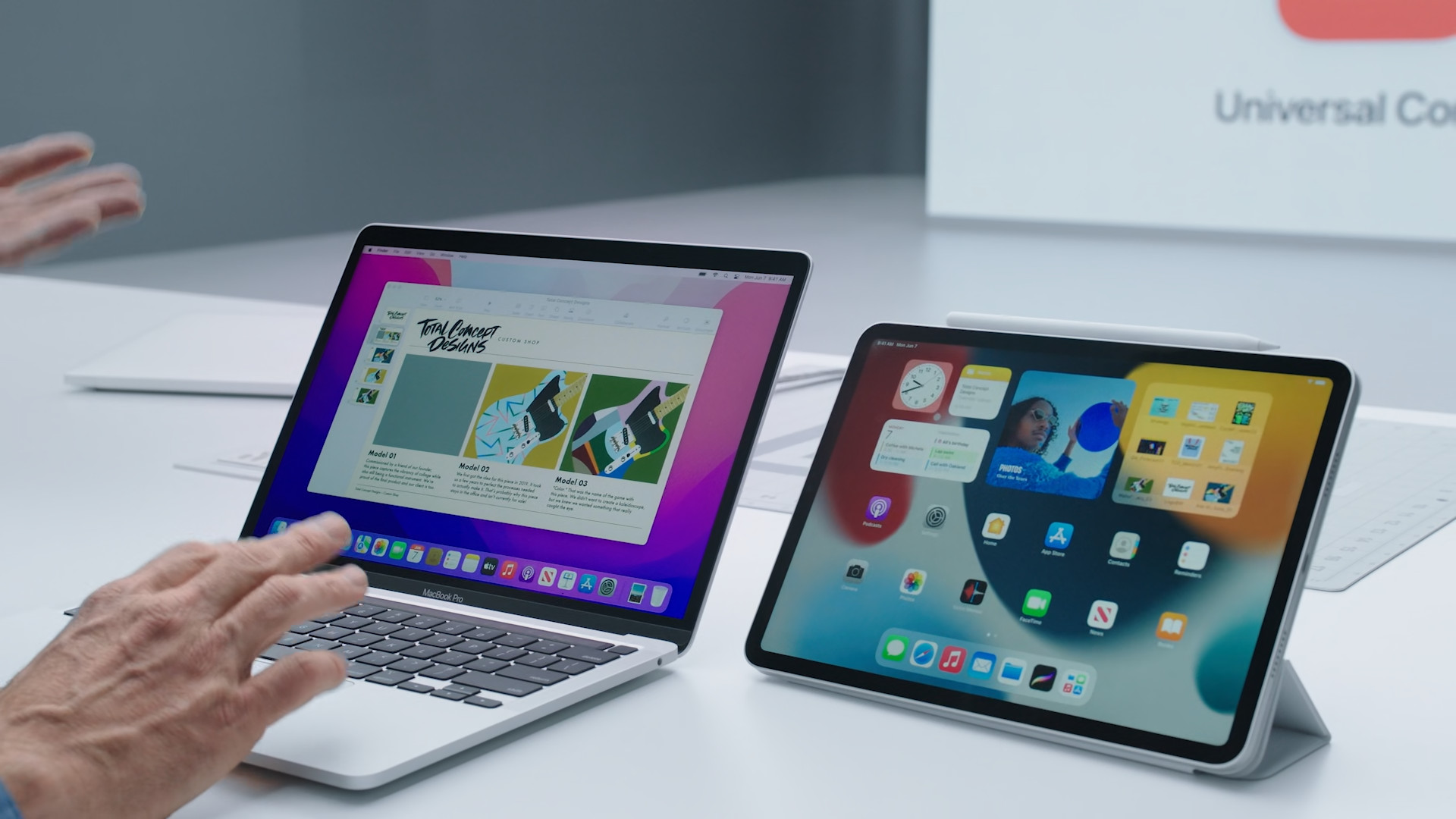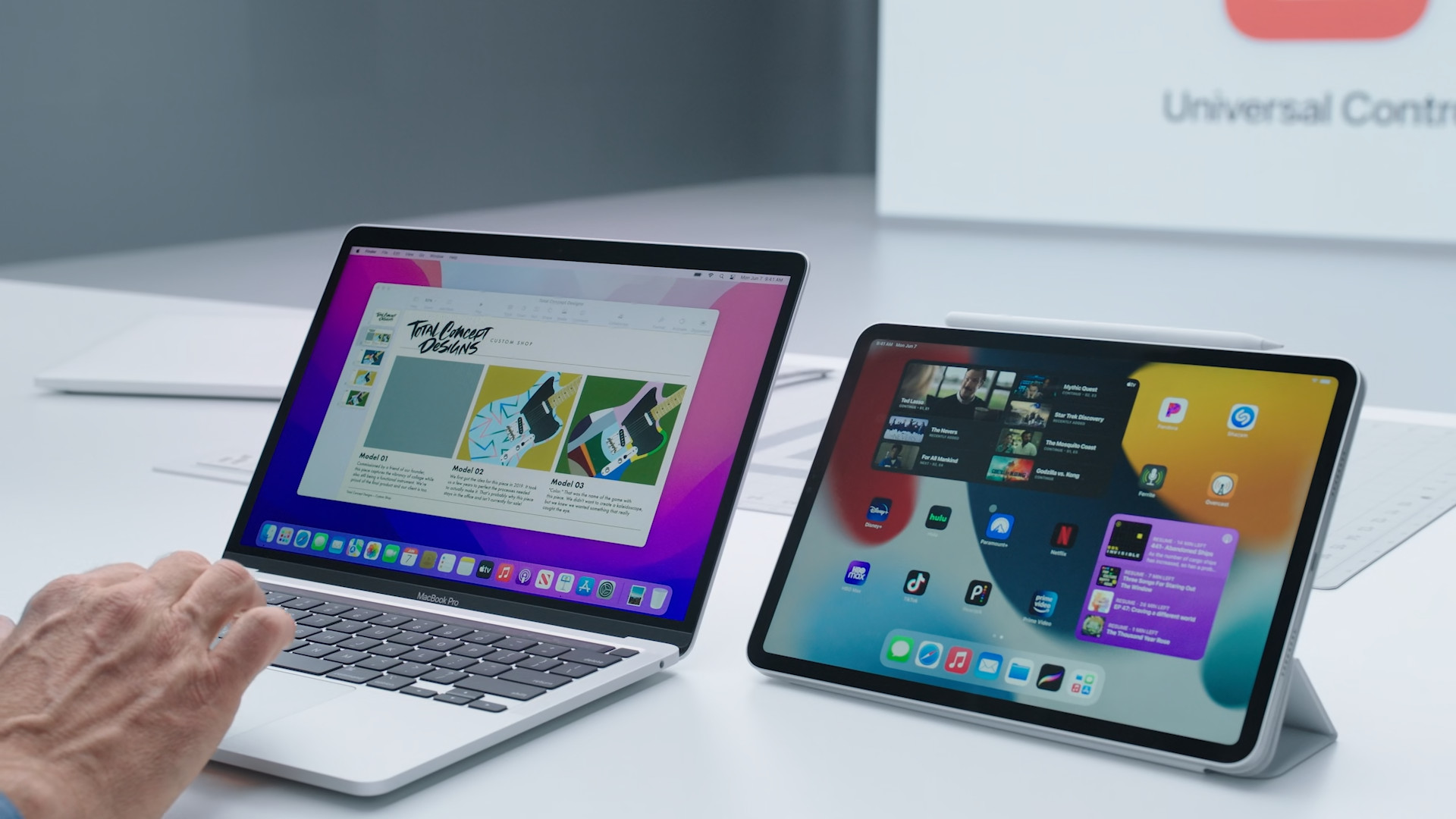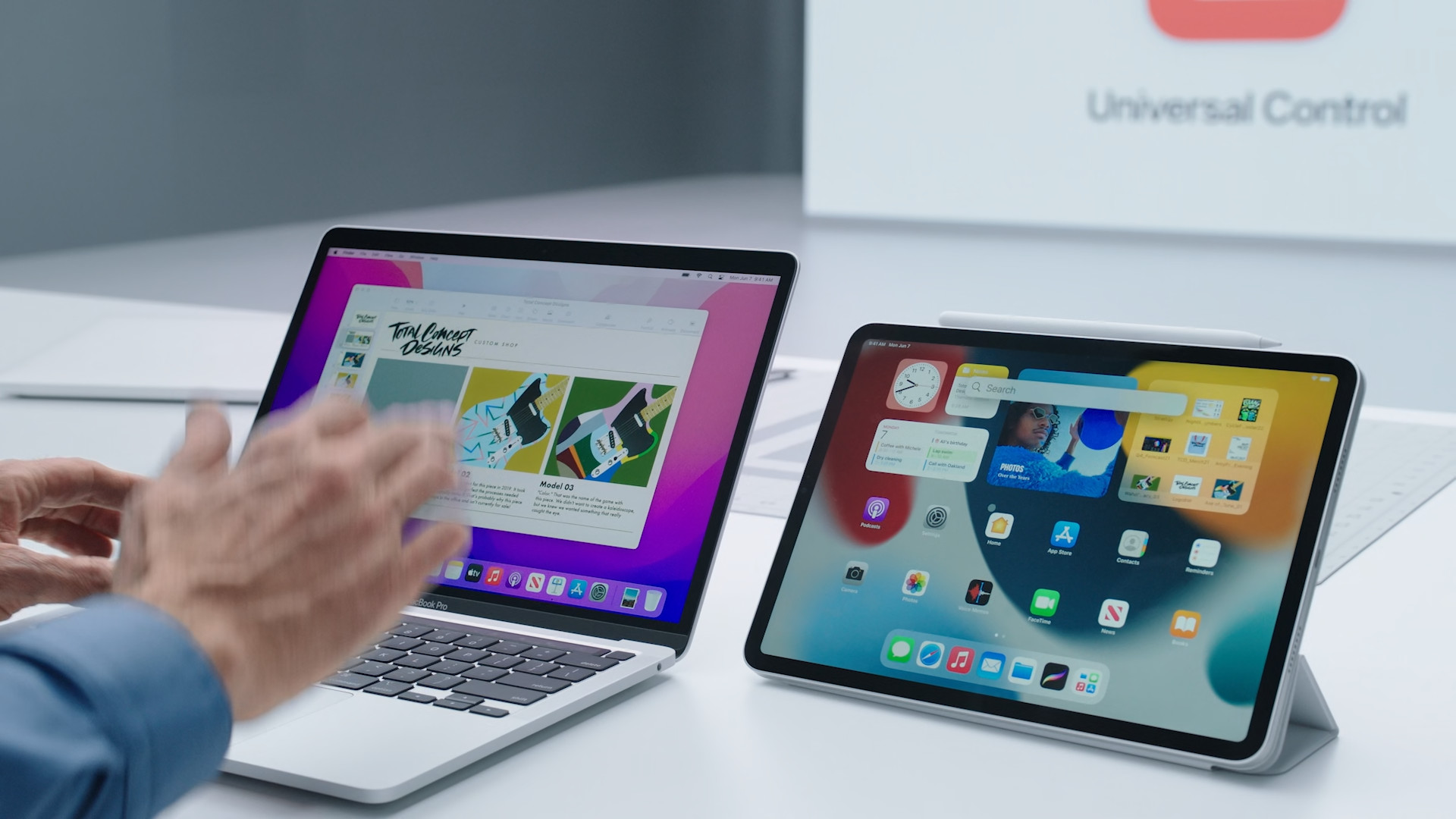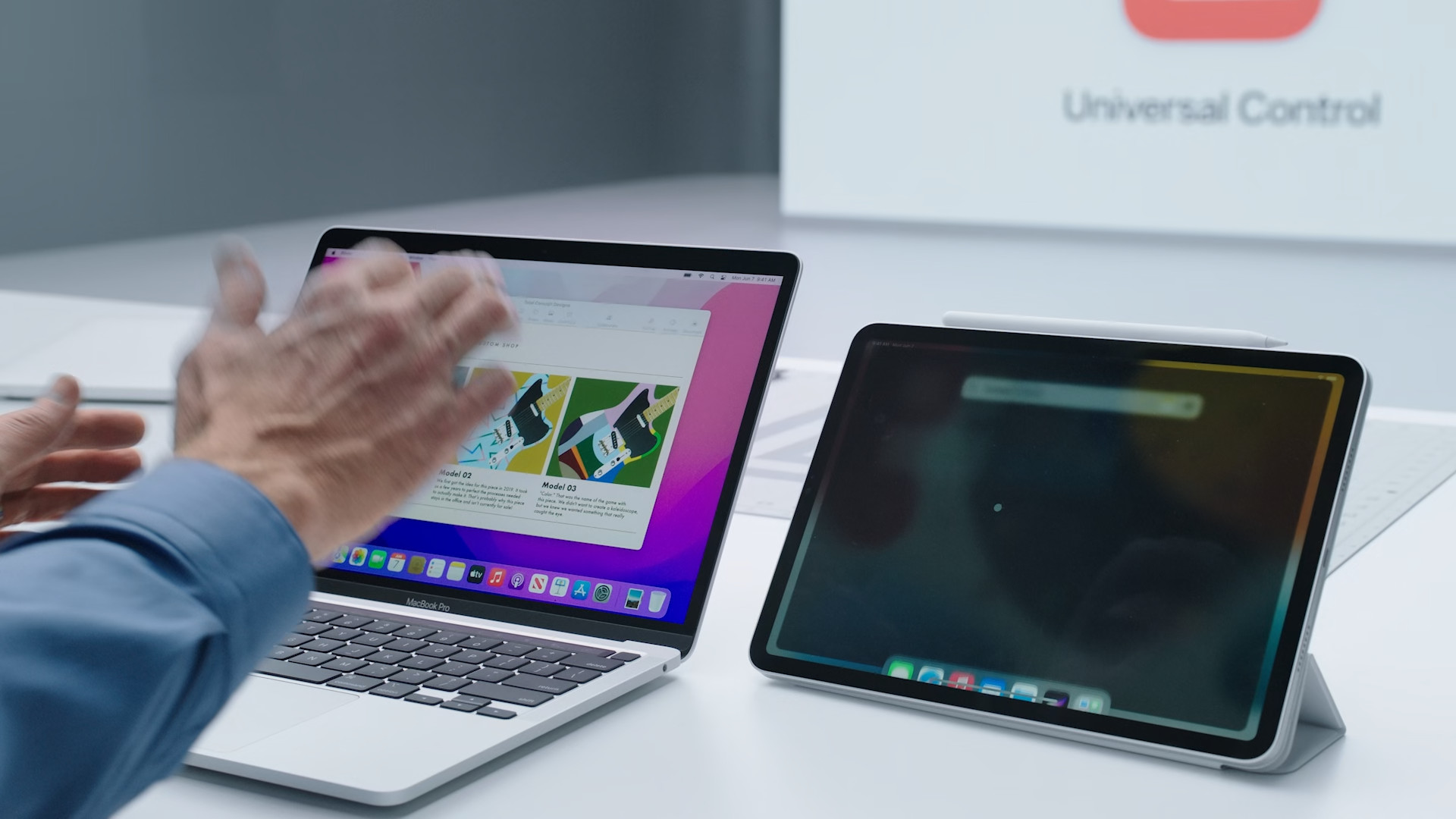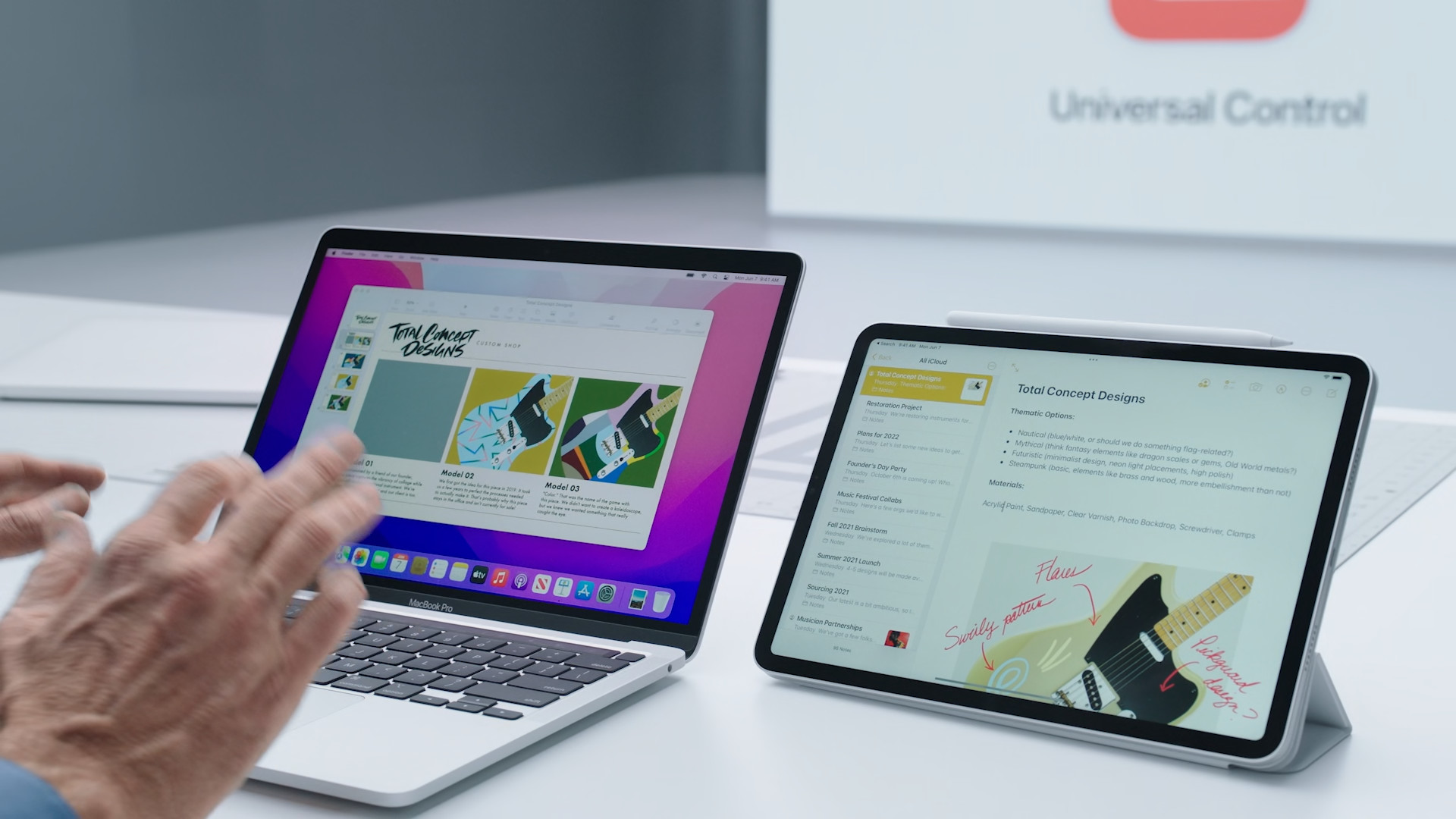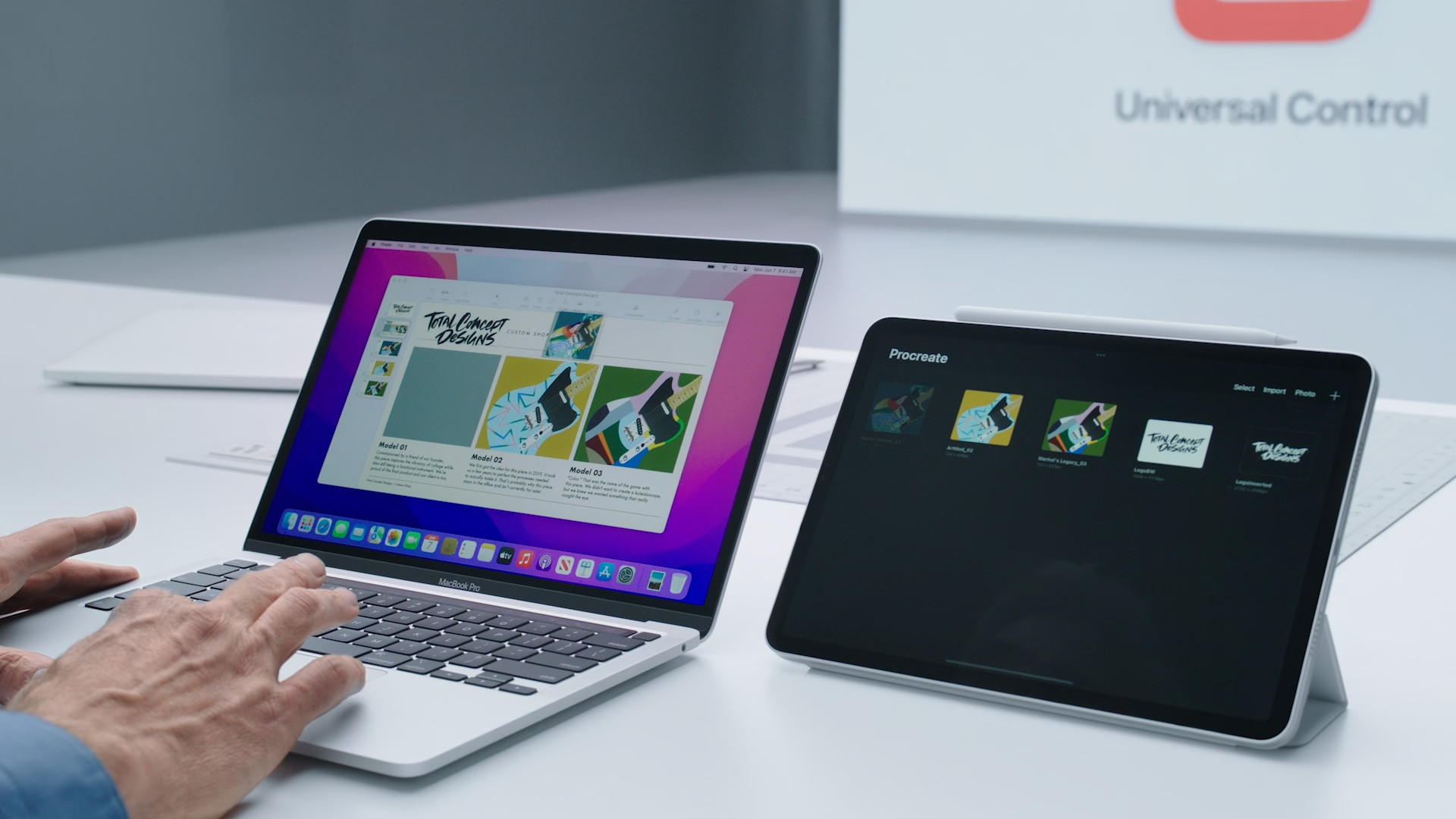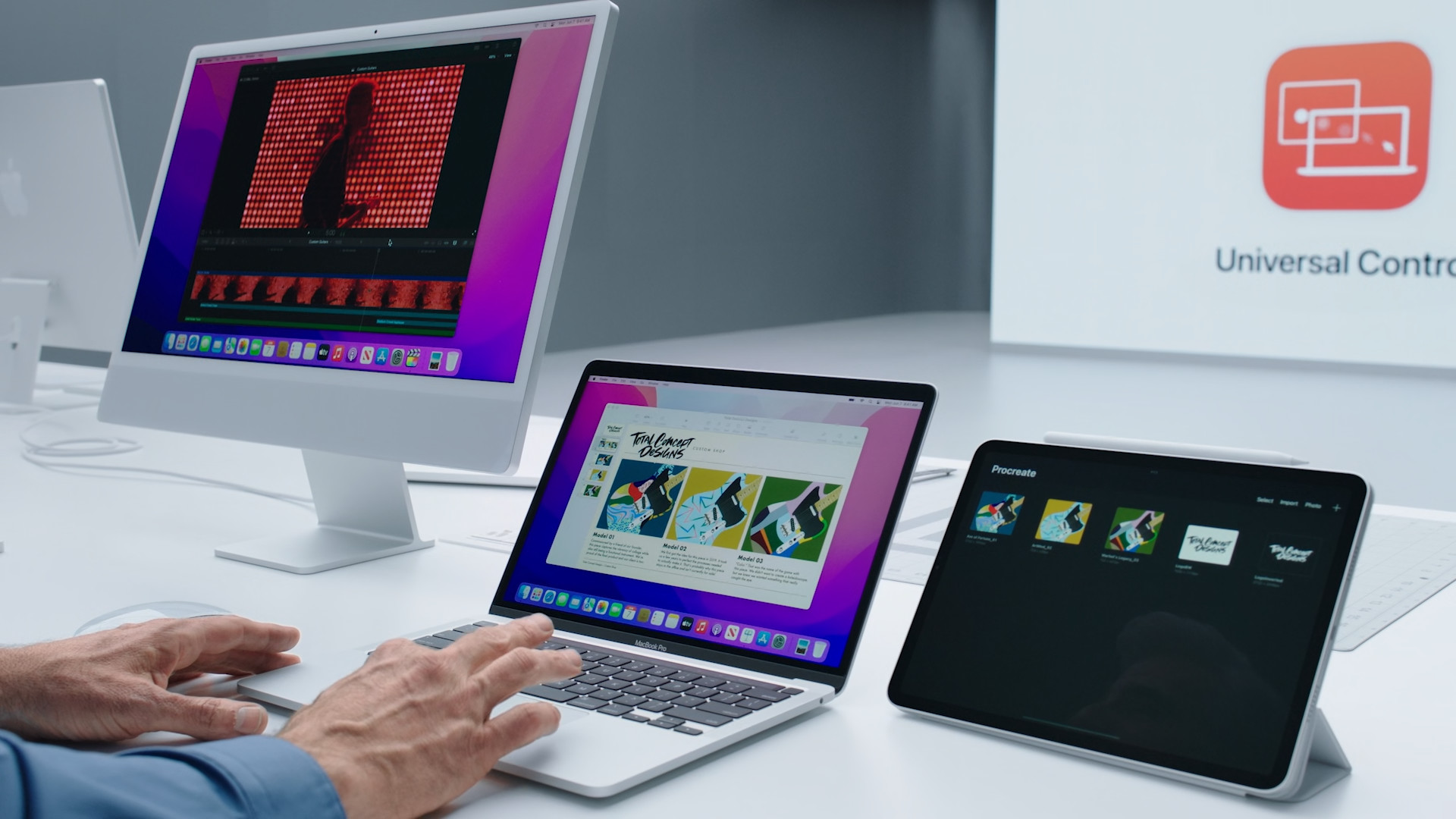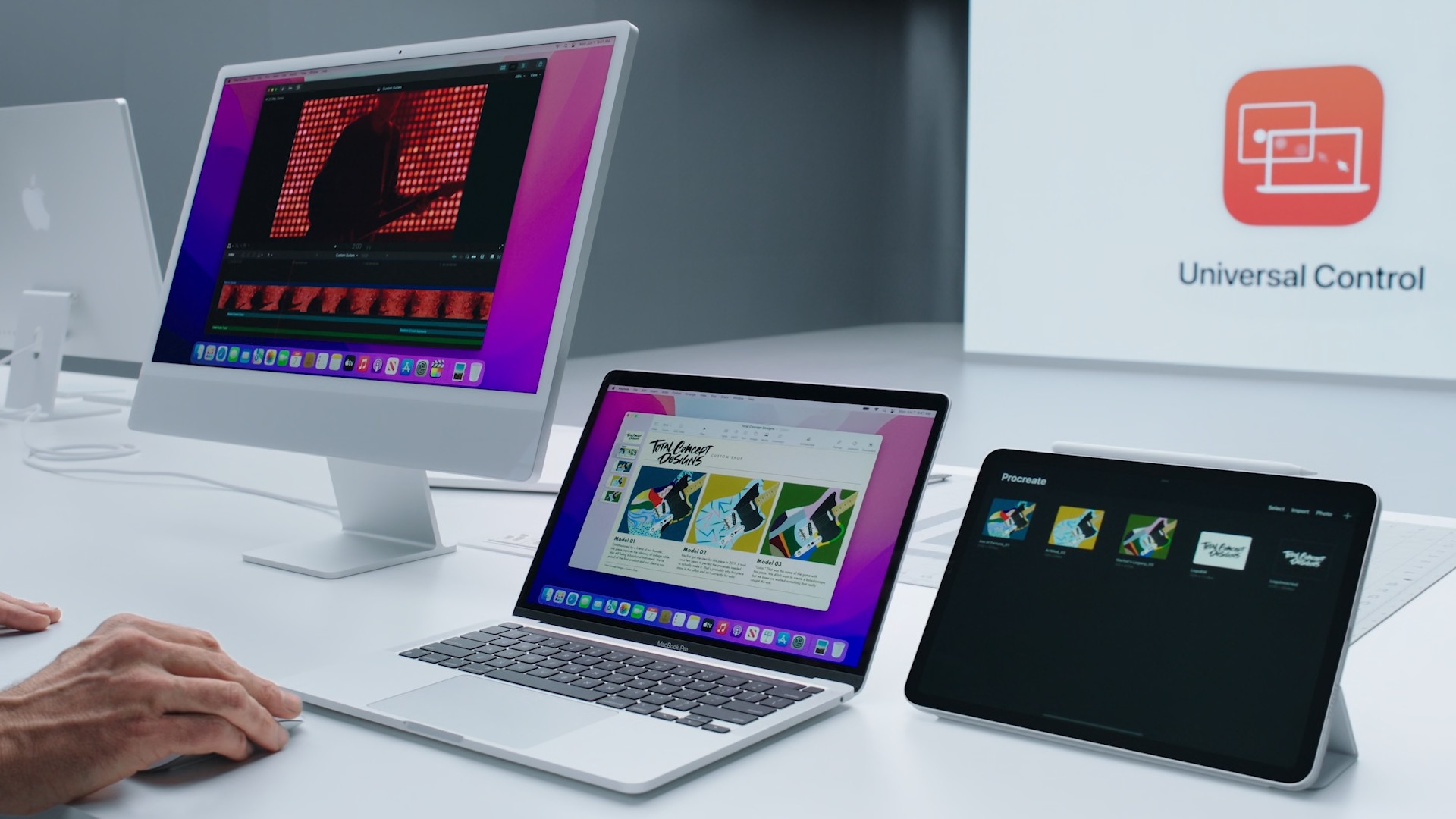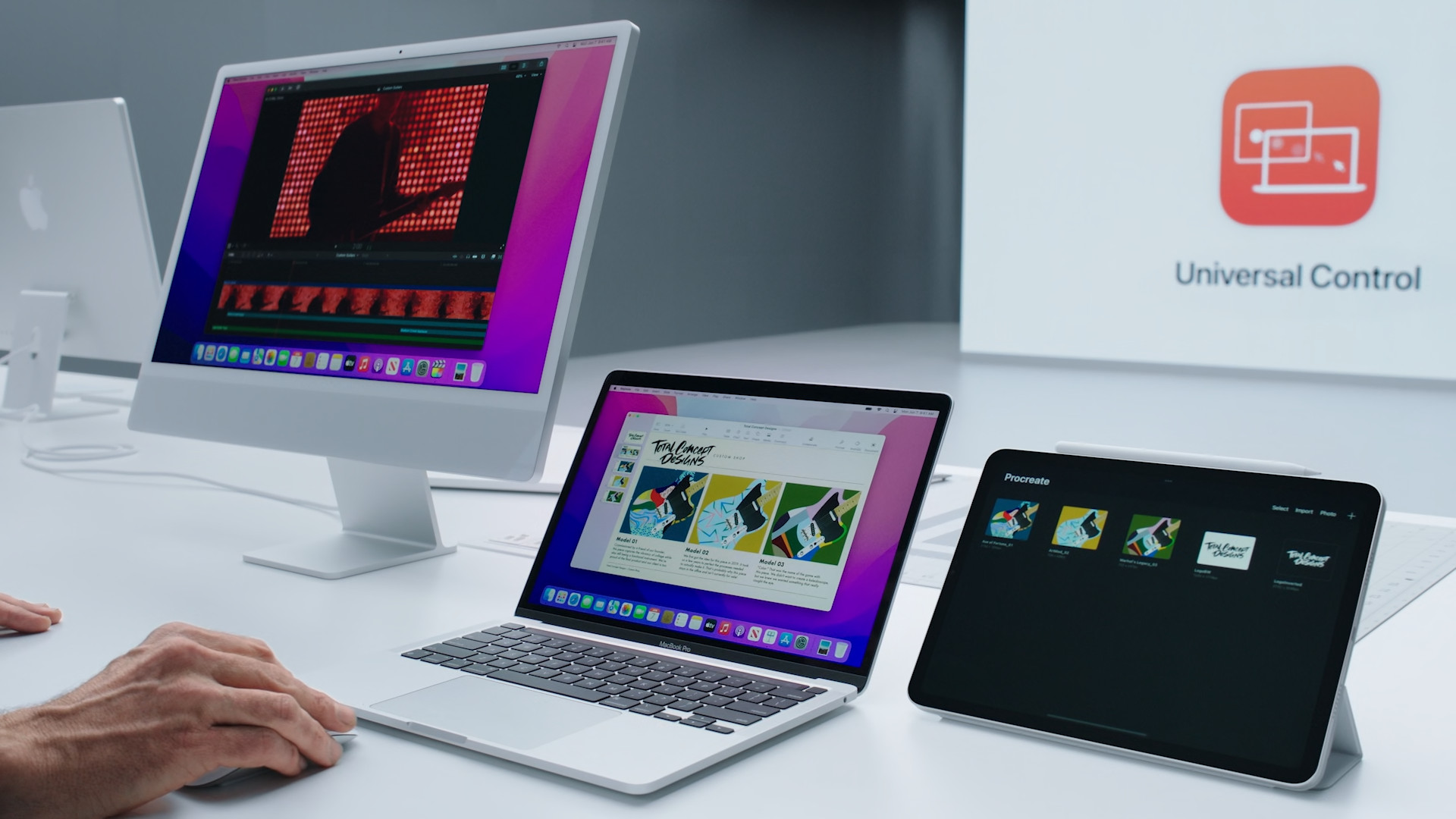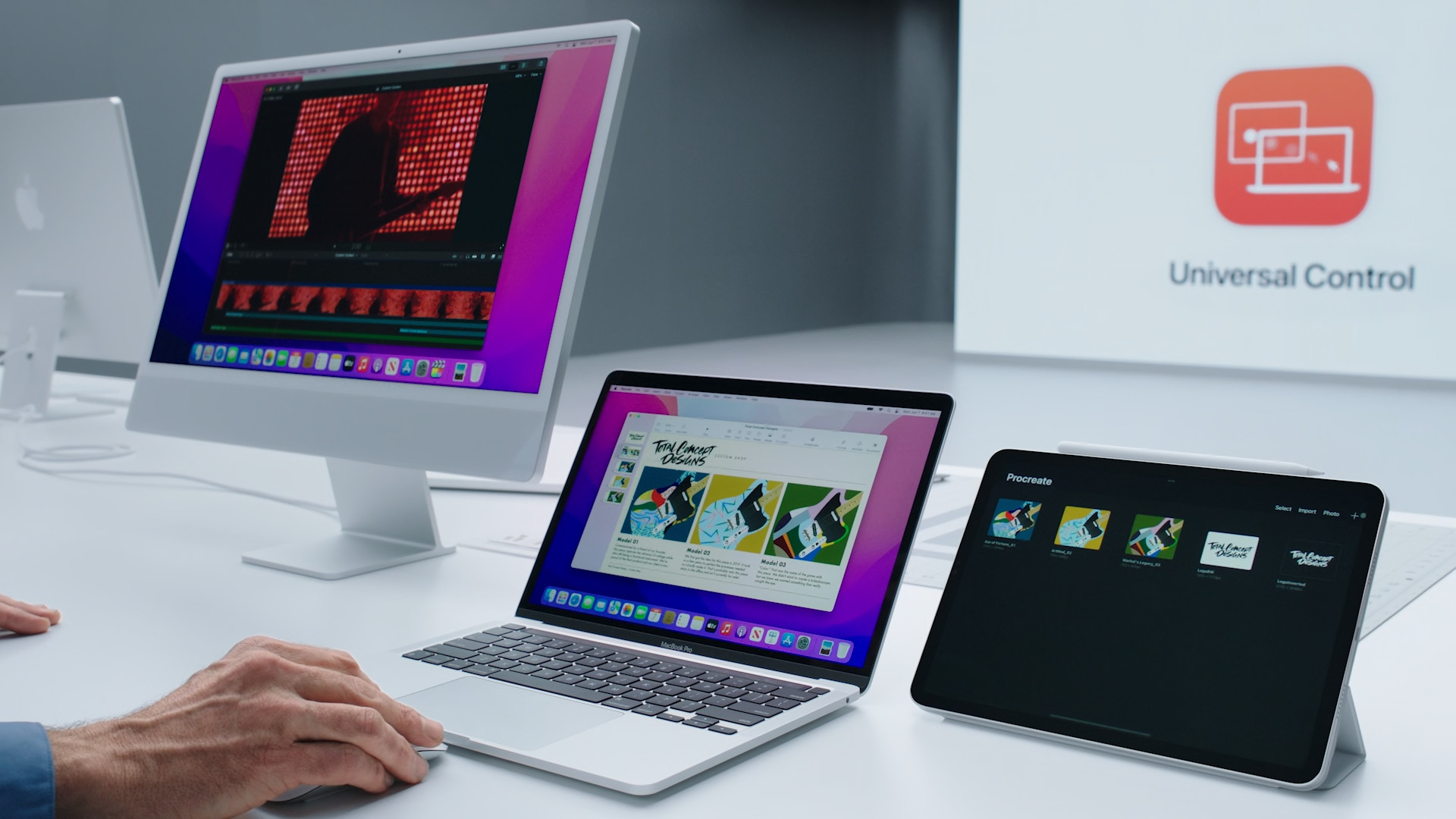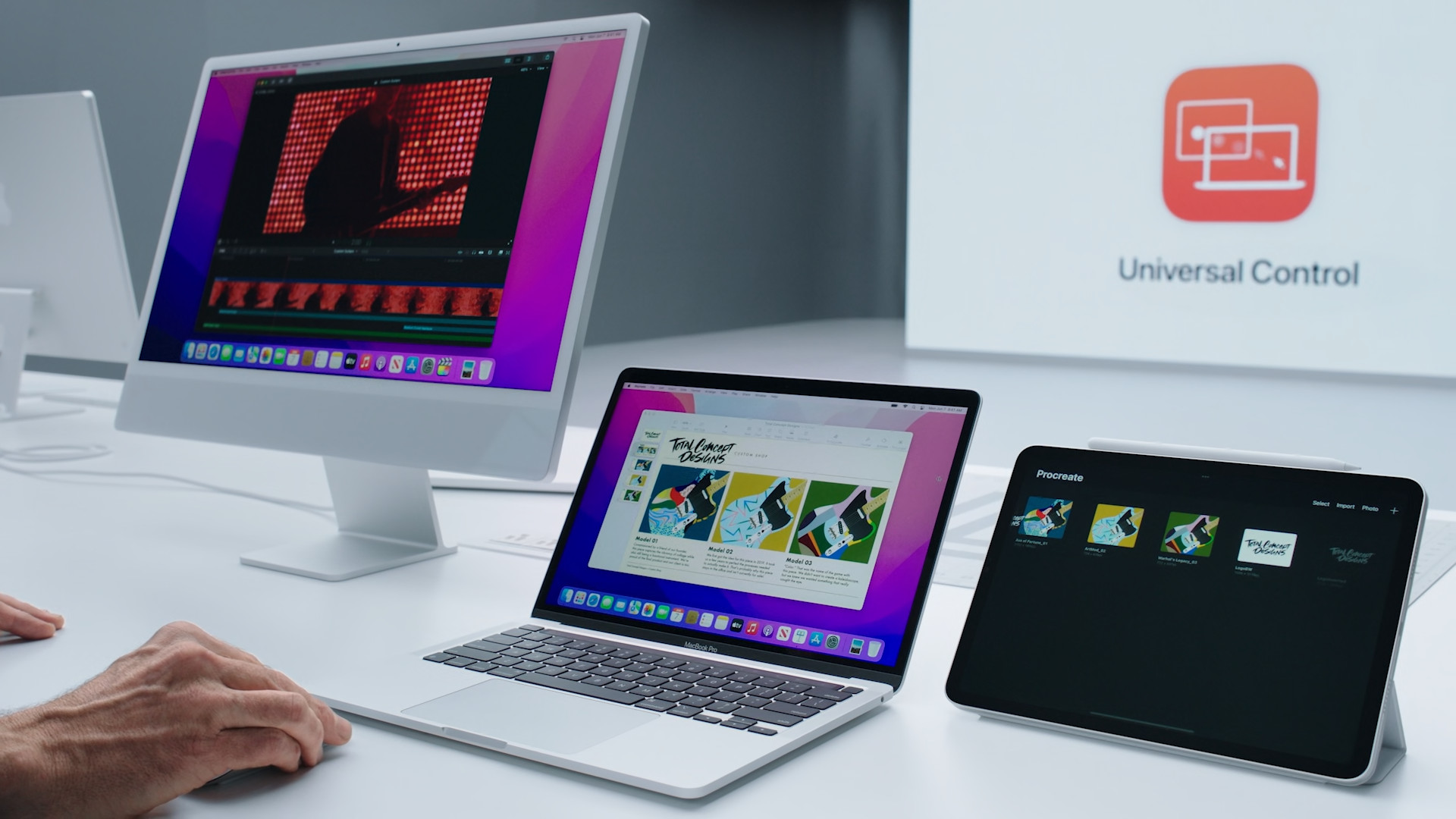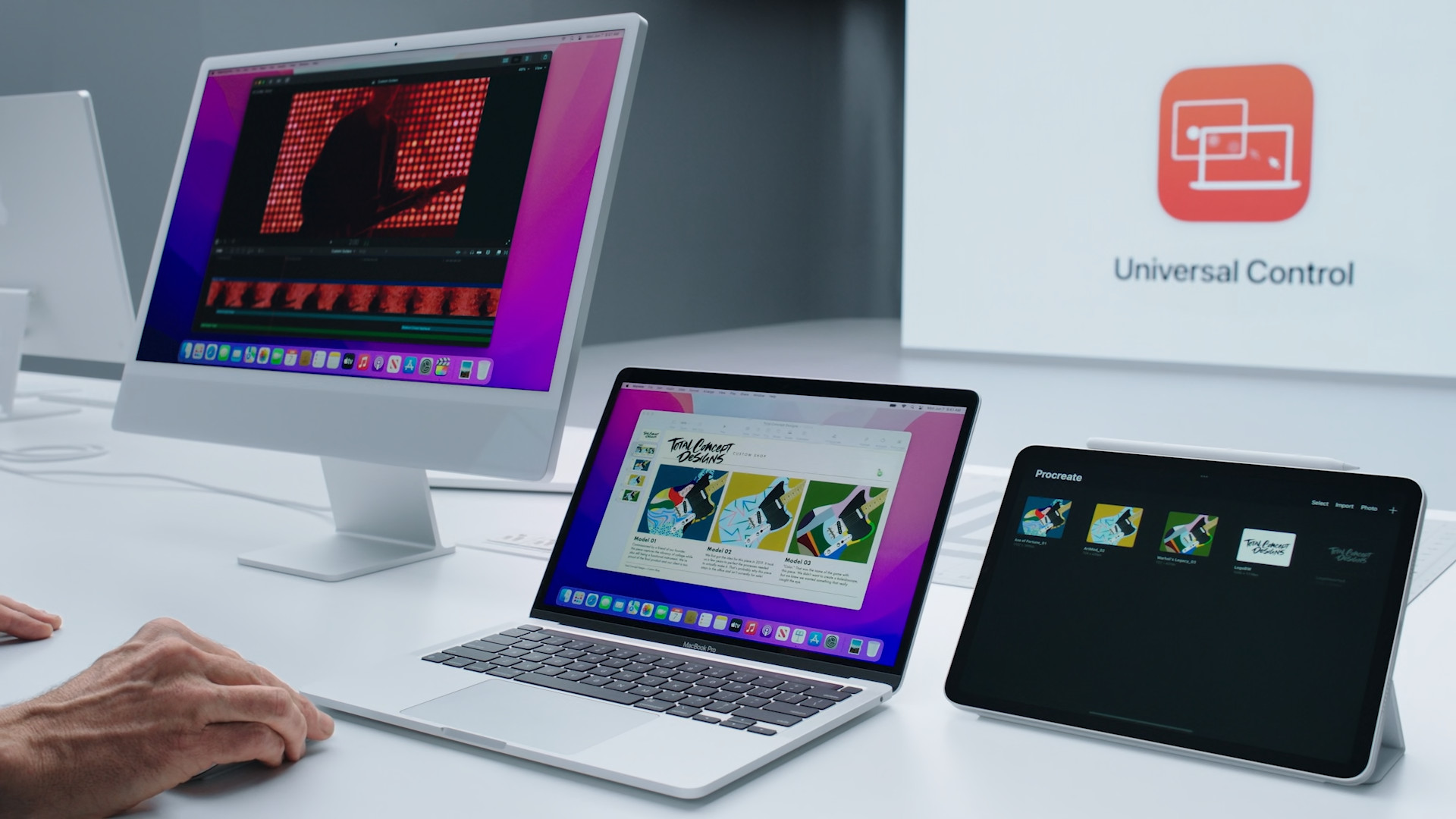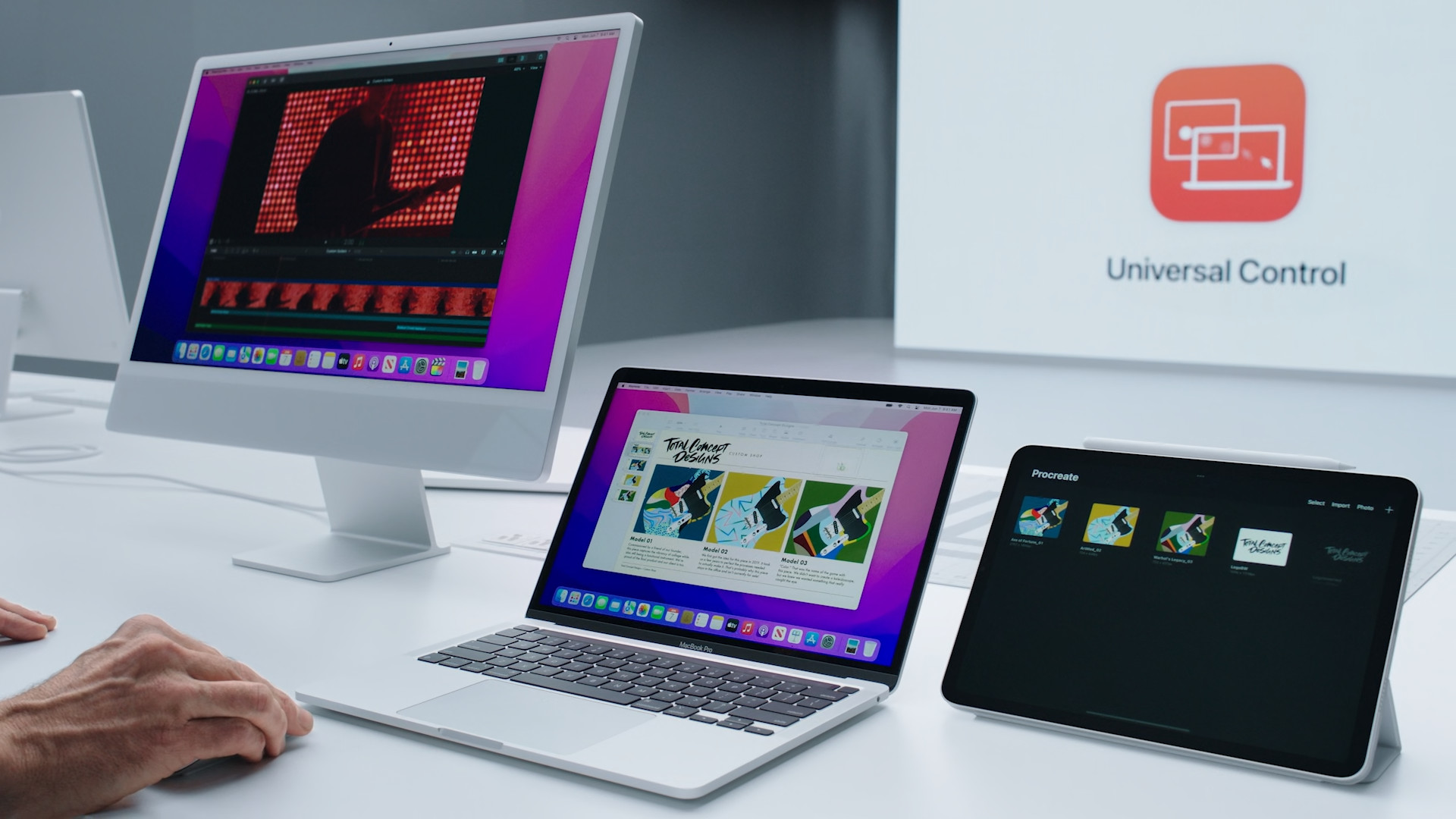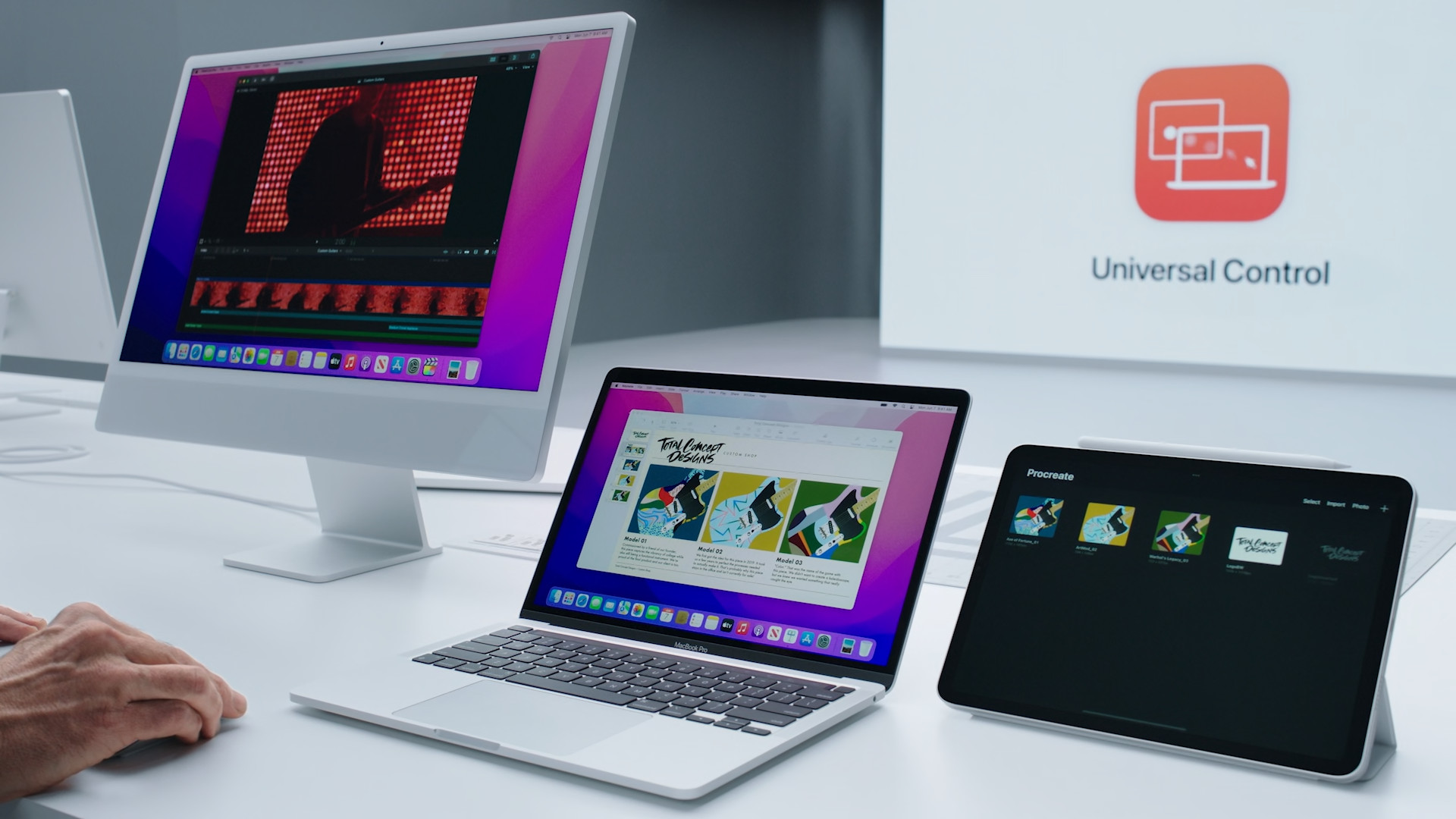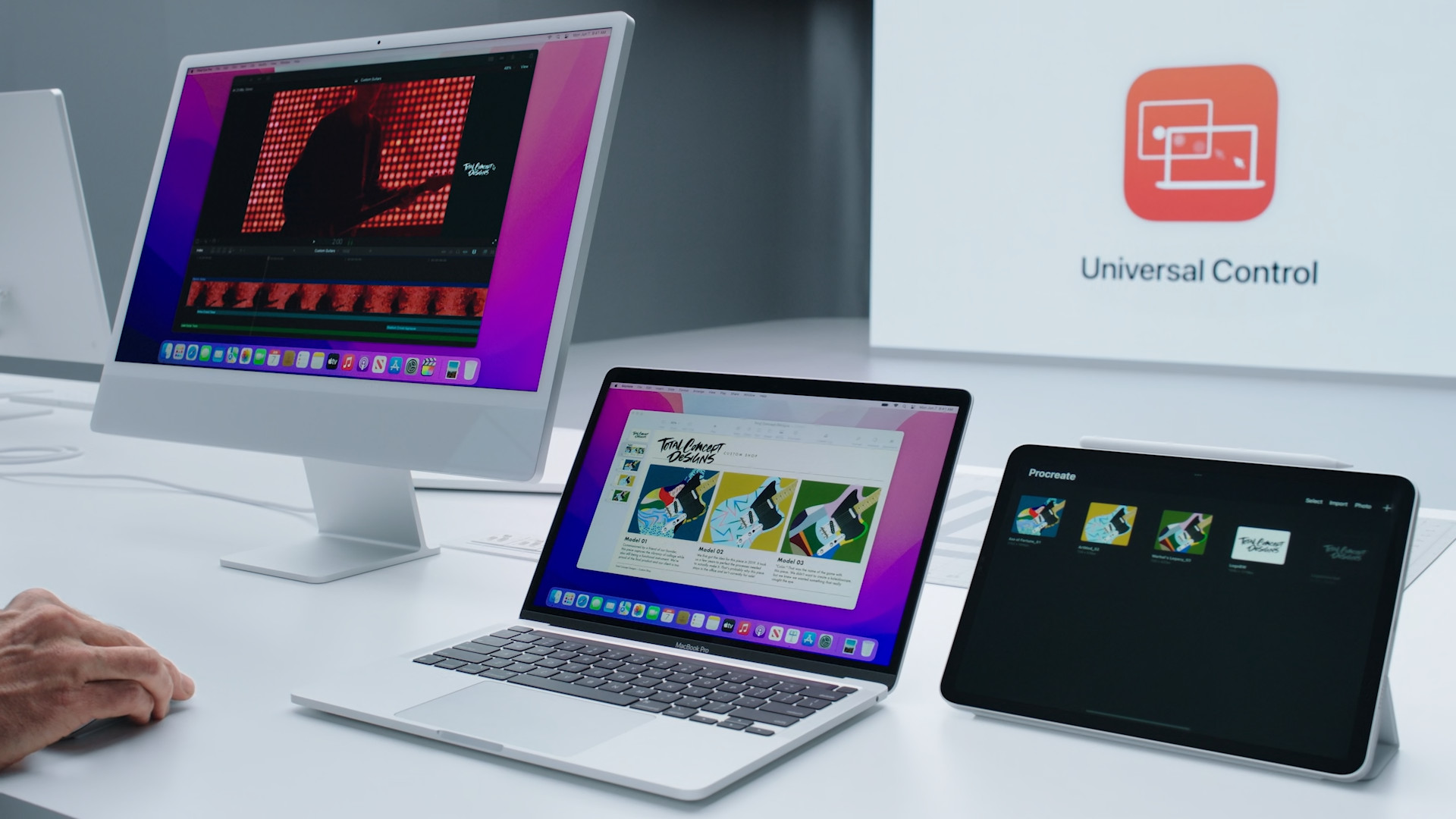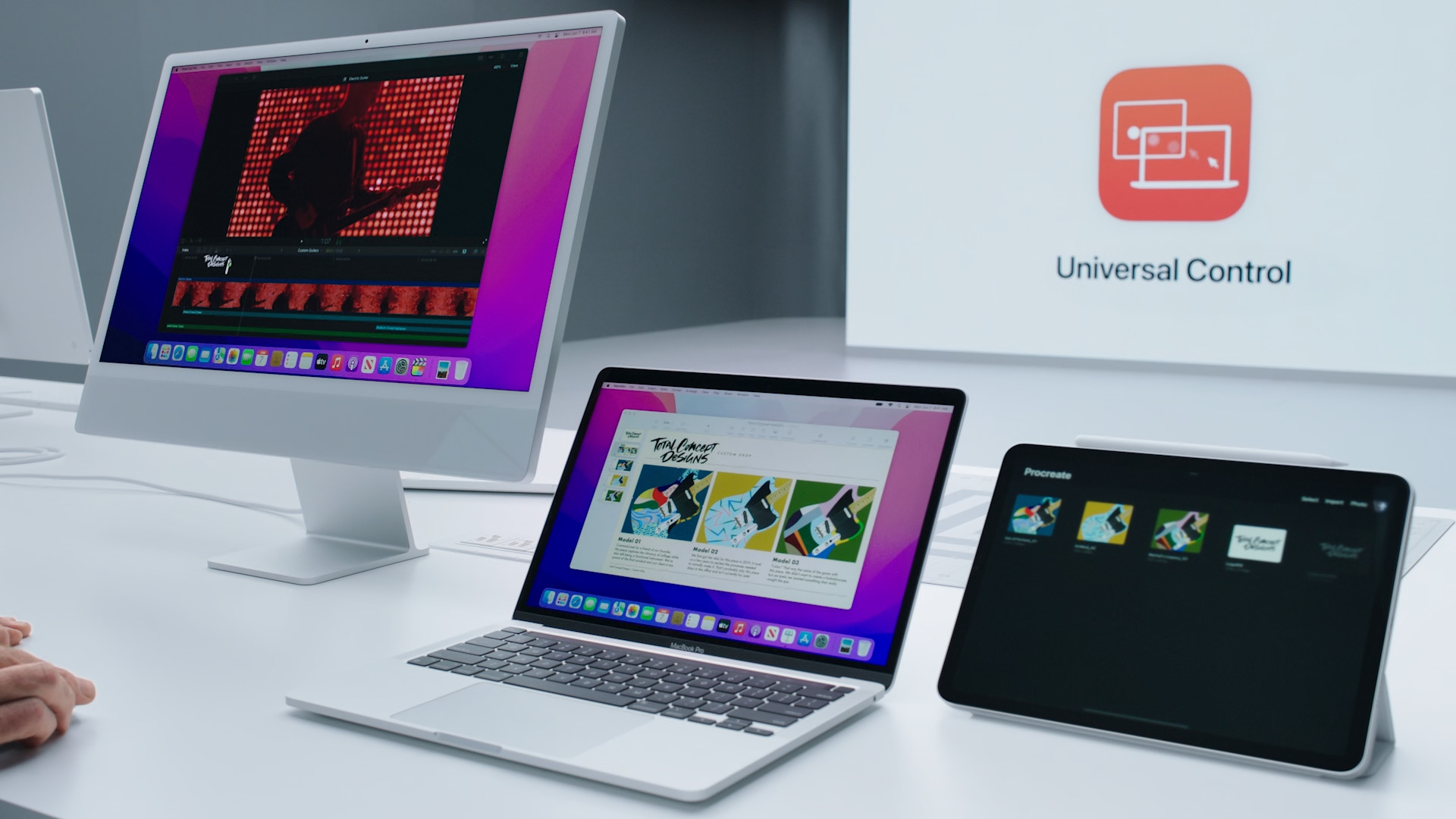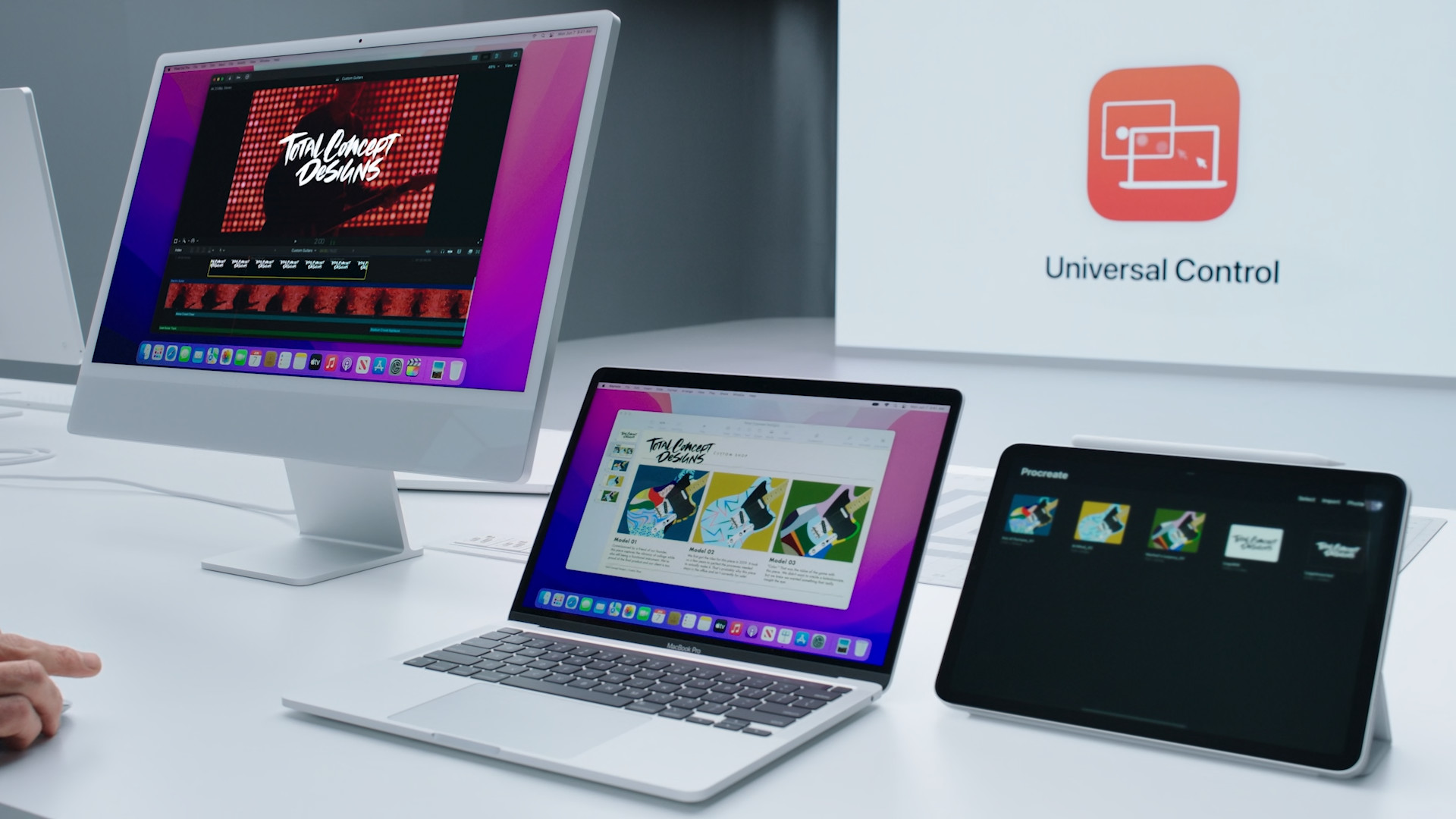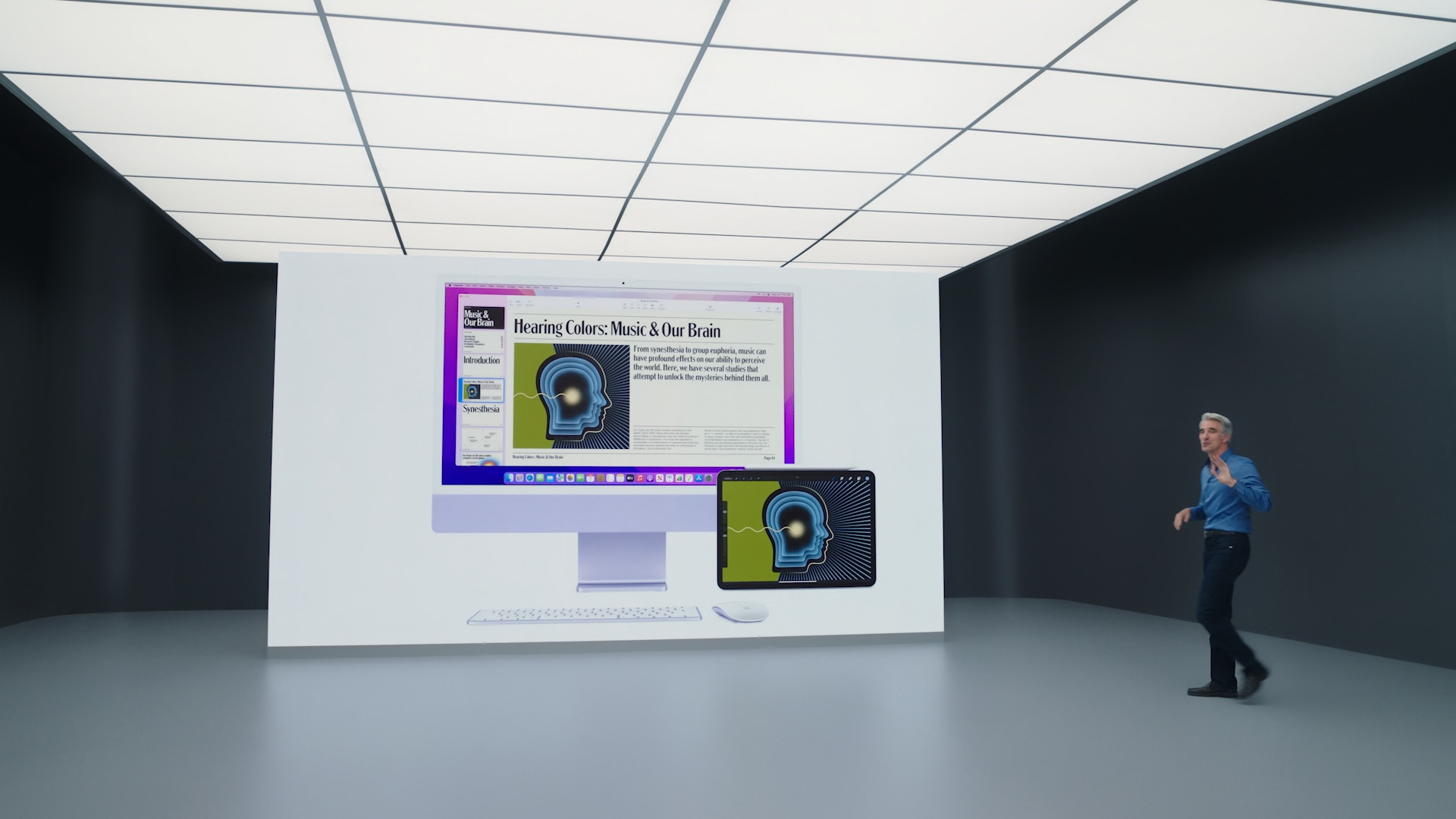Apple has announced that its WWDC6, i.e. developer conference, will take place from June 10 to 22, when on Monday it will hold the traditional opening Keynote with the presentation of upcoming news. This whole event is primarily about software, as Apple is here to introduce new operating systems for its devices. And this year will be no different.
With iron regularity, Apple presents its new operating systems year after year, which also receive more and more serial numbers. He will tell many new things, which he will also usually demonstrate and mention how we should actually use them. Then comes the developer and public beta versions, with the general public usually getting it in the fall. However, as is the custom lately, the main release does not carry with it many presented functions, which are usually quite important.
It could be interest you
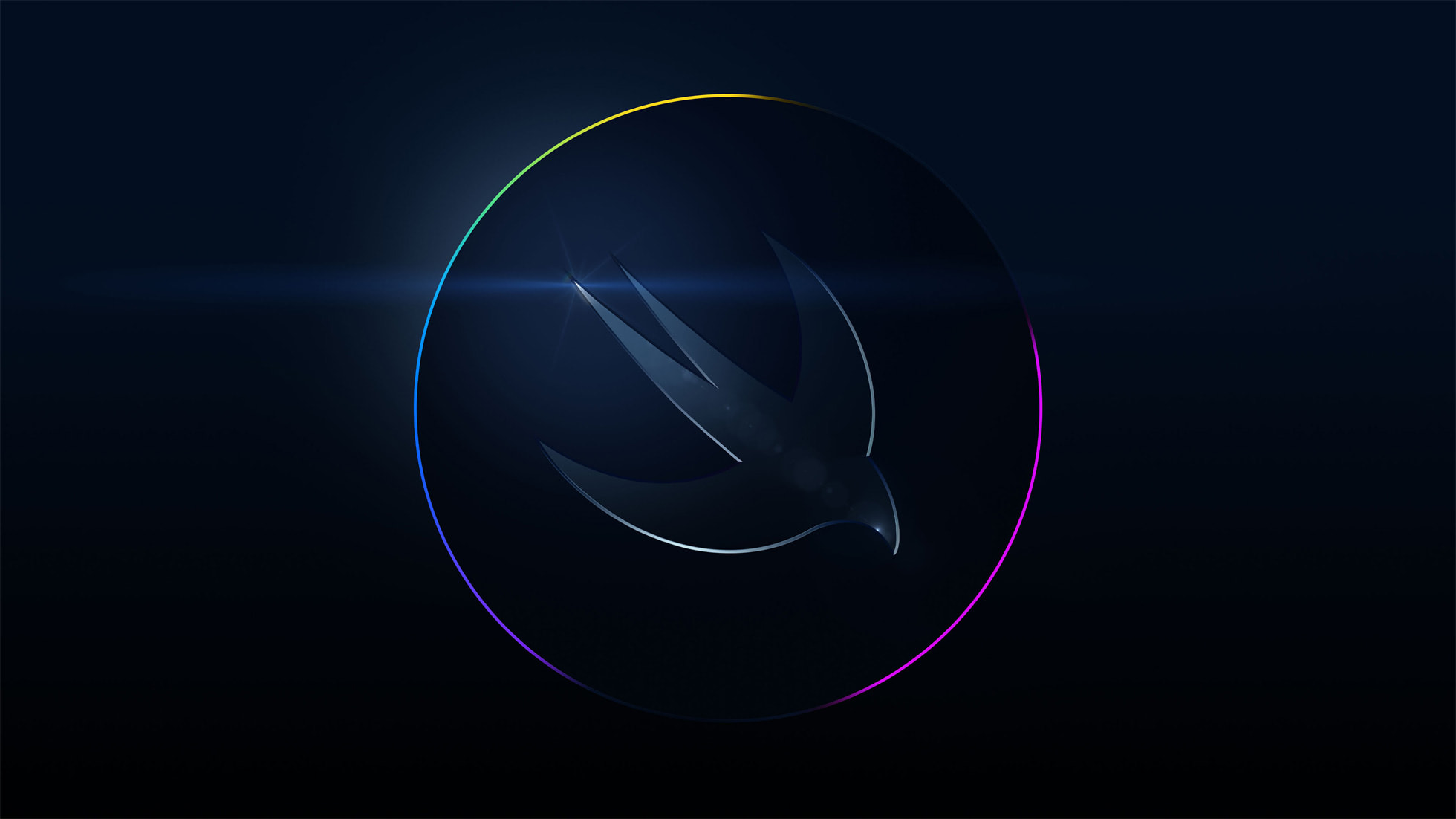
Wish number 1
Time is in a hurry, technology is moving forward, and operating systems must constantly increase their number of features to entice users to upgrade. The strategy is clear, but lately Apple has been a bit patchy. Whether we're talking about iOS or macOS, at last year's WWDC he presented many features that we only got relatively recently and it almost looked like we wouldn't actually get them at all (universal control).
So the company showed what the new systems would bring, then released them, but only added those features with tenths of an update. I wouldn't be mad at Apple at all if it switched to a different strategy. Let him introduce us to iOS, for example, without a meaningless serial number that does not correspond to any number of devices on which it will run, he will say 12 core functions and immediately mention that each will come with one tenth update. We will have a line-up for a year ahead, and Apple will have enough room to adjust the functions gradually. Yes, I know, it's really wishful thinking.
It could be interest you

Wish number 2
The amount of updates that come with new versions of the system is really huge. If you don't update automatically and you have a slow connection, it takes a really long time for the update to download. The second thing is the installation process itself, when you cannot use the device. It's quite annoying because the process itself takes some time, so if you update manually, you can only stare blankly at the device's display and watch the process line fill up before it comes to a successful end. So if there were updates in the background it would be really beneficial. Even here, however, my hopes are relatively low.
Wish number 3
Apple loses a lot in its app updates. Where the developer is able to respond immediately, Apple updates its titles with the operating system. At the same time, the applications themselves are part of the App Store, so if he wanted to, he could update them through it. It is a slightly illogical procedure when he then describes to us in the update of the entire system what news he added to which application. Changing this process would surely only bring benefits. It's not completely unrealistic. On a scale of 0 to 10, where 10 means that Apple will actually do this, I would see it as a two.
Wish number 4
Hated by all Apple fans, Android has many features that iOS does not have and vice versa. But we can all agree that such a sound manager is definitely a useful thing. When you increase or decrease the volume, you get an indicator on Android, similar to iOS, with the only difference that you can click on it to define the volume of the system, notifications, ringtones and media. We don't have anything like that on iOS, but it's such a small thing that would fundamentally increase the comfort of use. And if nowhere else, this is where Apple could really surprise. I believe in it for about 5 points.
What's next? Of course, stability at the expense of new features, punishingly unused space on the iOS keyboard, the impossibility of using iPhones in Max versions in landscape view in desktop view and other and other little things that might not be such a problem to fix or debug, but would help so much.
